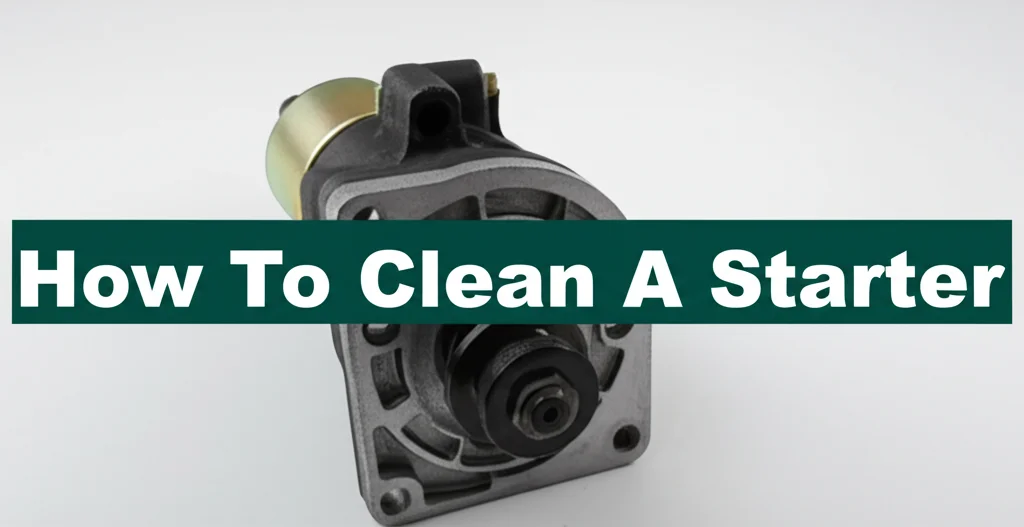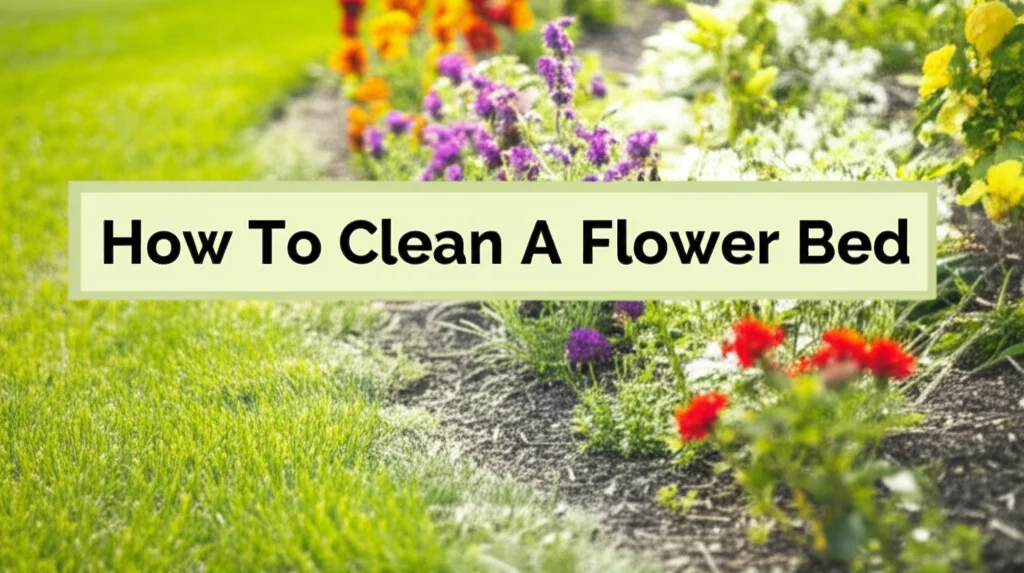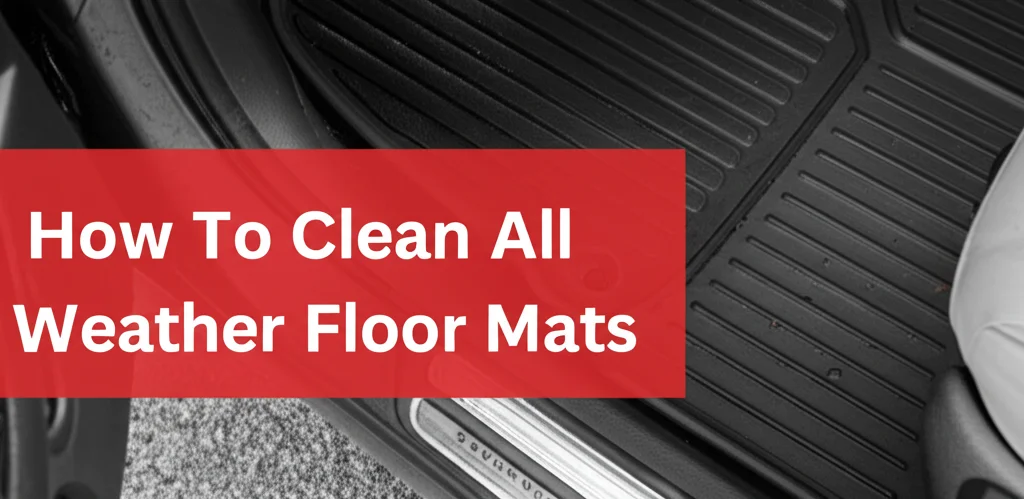· Baking · 6 min read
How To Clean A Starter

Keeping Your Sourdough Alive: How To Clean A Starter
Have you ever wondered how to properly care for your sourdough starter? A healthy starter is the heart of incredible sourdough bread, but maintaining it can feel a little mysterious. This guide will walk you through everything you need to know about cleaning a sourdough starter, from regular upkeep to rescuing a neglected one. We’ll cover why cleaning is important, different methods, and how to ensure your starter stays bubbly and active for years to come. Let’s dive in and learn how to keep your sourdough starter thriving!
Takeaway:
- Regular discarding and feeding keeps your starter healthy.
- Cleaning jars prevents unwanted bacteria and mold.
- Understanding your starter’s needs is key to consistent results.
- Don’t be afraid to experiment to find what works best for your starter.
What Does “Cleaning” a Starter Actually Mean?
Cleaning a sourdough starter isn’t about using soap and water! It’s primarily about maintaining a healthy balance of yeast and bacteria by regularly discarding a portion and feeding it with fresh flour and water. This process removes excess acidity and ensures a vigorous culture. It also involves keeping the jar clean to prevent unwanted mold or bacteria from taking hold. A clean starter means better bread!
Why Is Cleaning Your Sourdough Starter Important?
A sourdough starter is a living ecosystem. It’s a community of wild yeasts and lactic acid bacteria working together. Regular cleaning, through discarding and feeding, is crucial for maintaining this balance. If you don’t discard, the starter will become overly acidic, inhibiting yeast activity and affecting the flavor of your bread.
Here’s a breakdown of the benefits:
- Maintains Acidity: Discarding controls the acidity, preventing it from becoming too strong.
- Promotes Yeast Activity: Fresh flour provides food for the yeast, keeping it active and bubbly.
- Prevents Mold Growth: A clean jar and consistent feeding discourage unwanted microorganisms.
- Improves Bread Flavor: A healthy starter contributes to a complex and delicious bread flavor.
- Ensures Consistent Results: A well-maintained starter provides predictable rise times and bread texture.
Routine Starter Maintenance: Daily or Weekly Cleaning
Most sourdough bakers follow a regular feeding schedule. This is the primary way to “clean” your starter. The frequency depends on whether you bake often or keep your starter at room temperature versus in the refrigerator.
Daily Feeding (For Active Starters)
If you bake frequently, you’ll likely feed your starter daily. This involves discarding a portion (usually half) and then adding equal parts flour and water by weight. For example, if you have 100g of starter, discard 50g and add 50g flour and 50g water.
- Ratio: A common ratio is 1:1:1 (starter:flour:water).
- Flour Type: Use unbleached all-purpose flour or bread flour.
- Water Quality: Use filtered, non-chlorinated water.
- Mixing: Stir well to combine, ensuring no dry flour remains.
- Observation: Watch for signs of activity – bubbles, rise, and a slightly tangy aroma.
Weekly Feeding (For Refrigerated Starters)
If you bake less often, you can store your starter in the refrigerator. This slows down activity, reducing the need for frequent feeding. However, you still need to feed it weekly to keep it alive.
- Remove from Fridge: Take the starter out of the refrigerator.
- Discard & Feed: Discard a portion and feed it as described above.
- Room Temperature Rise: Let it sit at room temperature for a few hours to activate.
- Return to Fridge: Once active, return it to the refrigerator.
Deep Cleaning Your Starter Jar
While discarding and feeding maintain the starter’s health, cleaning the jar itself is equally important. This prevents the buildup of dried starter and potential mold growth.
What You’ll Need:
- Hot, soapy water
- A non-abrasive sponge or brush
- Clean drying towel
Cleaning Steps:
- Empty the Jar: Completely empty the starter from the jar.
- Wash with Soap and Water: Wash the jar thoroughly with hot, soapy water.
- Scrub Gently: Use a non-abrasive sponge or brush to remove any dried starter residue. Avoid harsh scrubbing, which can create scratches where bacteria can hide.
- Rinse Thoroughly: Rinse the jar completely to remove all traces of soap.
- Dry Completely: Dry the jar thoroughly with a clean towel or allow it to air dry completely before adding fresh starter.
You can also sanitize the jar occasionally with a diluted bleach solution (1 tablespoon bleach per gallon of water), but ensure it’s rinsed extremely well afterward. If you’re looking for alternative cleaning methods for your kitchen, you might find this article on https://www.beacleaner.com/how-to-clean-kitchen-mats/ helpful.
Reviving a Neglected Sourdough Starter
Did you forget to feed your starter? Don’t panic! A neglected starter can often be revived.
Signs of a Neglected Starter:
- Liquid on Top (Hooch): A dark liquid layer indicates the starter is hungry.
- Mold: Any visible mold means the starter needs to be discarded.
- Lack of Bubbles: No bubbles or rise suggests the yeast is inactive.
- Unpleasant Smell: A foul odor indicates unwanted bacteria have taken over.
Revival Steps:
- Discard Hooch: If there’s hooch, pour it off.
- Feed Regularly: Feed the starter with equal parts flour and water every 12-24 hours for several days.
- Observe Activity: Watch for signs of activity – bubbles, rise, and a tangy aroma.
- Be Patient: It may take several feedings to revive a neglected starter.
If your starter has mold, unfortunately, it’s best to discard it and start a new one. Maintaining a clean kitchen environment is also important; check out https://www.beacleaner.com/how-to-remove-mold-from-painted-walls/ for tips on mold removal.
Troubleshooting Common Starter Issues
Sometimes, even with regular cleaning, your starter might exhibit problems. Here are a few common issues and how to address them:
- Slow Rise: Increase the feeding frequency or use warmer water.
- Weak Bubbles: Try a different type of flour or ensure the water is not chlorinated.
- Unpleasant Smell: Discard a larger portion and feed more frequently.
- Starter Separating: This is normal! Just stir it well before feeding.
FAQ About Cleaning Your Sourdough Starter
Q: How often should I replace my starter jar?
A: You don’t necessarily need to replace your jar, but it’s a good idea to switch it out every year or so, or if it becomes heavily scratched. Scratches can harbor bacteria.
Q: Can I use metal containers for my starter?
A: While possible, glass jars are generally preferred as they don’t react with the acidity of the starter.
Q: What kind of flour is best for feeding my starter?
A: Unbleached all-purpose flour or bread flour work well. You can also experiment with whole wheat or rye flour for added flavor.
Q: My starter smells like acetone. Is that normal?
A: An acetone smell indicates the starter is very hungry and needs to be fed more frequently. It’s a sign of excessive acidity.
Conclusion: A Thriving Starter, A Delicious Loaf
Cleaning your sourdough starter isn’t a complicated process, but it’s a vital one. Regular discarding and feeding, combined with a clean jar, will ensure a healthy, active culture that consistently produces delicious bread. Remember, the key is to understand your starter’s needs and adjust your routine accordingly. Don’t be afraid to experiment and find what works best for you. Now that you know how to clean a starter, go forth and bake some amazing sourdough! For more baking tips and cleaning advice, explore our other articles, like this one on https://www.beacleaner.com/how-to-clean-kitchen-floor-without-mop/ for a spotless baking environment.




